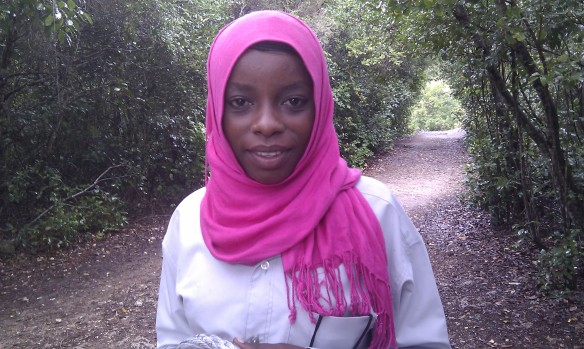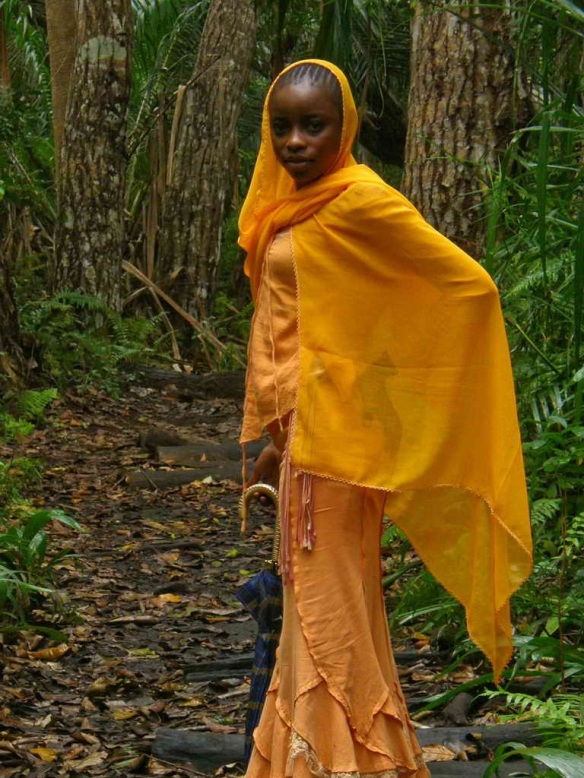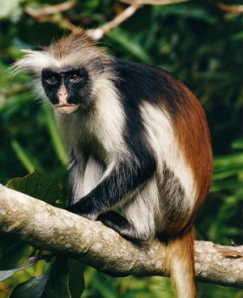This slideshow requires JavaScript.
Images from my day trip to visit Ufufuma
by Jules Hartley
What to do in Zanzibar when you’re a tourist? I had booked myself a 4-day trip to the island, and, taking the advice of friends and a quick online search, I checked myself in to one of the historic, colonial “houses” in the middle of Stone Town. It was a lovely experience, mind you. But after two days of getting lost in the streets, accumulating mosquito bites and being hustled by hundreds of mzungu-calling children and imbibing men, I was more than ready to check out another side of Zanzibar. I’ve seen hundreds of white-sand beaches in my life… I wanted something authentic, something unique, something magical.
Enter Ufufuma. I stumbled upon this article in Swahili Coast Magazine, and was totally intrigued. But there was no contact information for how I should go about visiting Ufufuma? After a diligent Google search and some phone calls, I was able to arrange a adventure to go meet Mr. Mustafa and see the forest, the witch doctors, and the spirit caves.
A bumpy daladala ride dropped me off at Mustafa’s house outside of Jendele. We definitely weren’t in Stone Town anymore; his home — a mud-and stick construction surrounded by a lush vegetable garden and thick jungle beyond — was a far cry from the multi-story buildings and winding streets of Stone Town. This was a true native village, on the interior of a tropical island. And as Mustafa explained to me, not much has changed here in the past 400 years — except today the villagers wear a lot of secondhand “Western” clothes, drive old trucks, and tote cell phone.
After gifting me bunches of fresh peppers, courgettes, and machicha from his organic garden, Mustafa cranked up his old Toyota and we set down the road to the woods. First stop: the local ‘hospital’. At this mud-and-stick compound, Mustafa introduced me to a man and a woman who were ‘doctors’ (aka witch doctors) who helped cure ailments, diseases, and problems of the spirit with the aid of traditional medicinals. Several pots of boiled roots, leaves, bark were found around the house. There were a couple of empty rooms where patients would rest on the earth when they were sick. I’m not sure I’d want to be stuck here with a life-threatening disease!
Next it was time to hike into the forest. Along the winding path, we waded through thick undergrowth and climbed over toppled branches. Mustafa would point out a leaf, say “this is good for malaria”, “this one is good for women and women’s problems”, or “we use this when someone has headaches”. The minutes went by quickly, as the serene green vegetation, many floating butterflies, and happy calls from dozens of bird species provided a backdrop for our trek. We suddenly arrived at the first “spirit cave”, a place where a witch doctor will take a sick person to speak with the spirits that are causing the patient’s malaise.
The entrance to the cave was adorned with several red and white hanging flags of fabric. These colors are to signify to the spirits at their house here, Mustafa tells me. A bowl of salts and spices sat next to a three-stone fire pit — this mixture is thrown into the fire to call upon the spirits as well. Sometimes it takes one visit to the cave, sometimes many — depending on what the spirits communicate with the doctor. The spirit then tells the doctor what course of action the patient should take; a typical prescription might be a slaughtered goat for the village or ingesting a vial of human bone powder. Deep in the cave there were a few tiny, empty glass bottles — remnants of such medicine. A good look around and then we were off to the second and third caves.
The second cave was similarly marker with red and white fabrics, but was deeper and more of a sinkhole, complete with hanging birds’ nests and giant land snails. However, it was third cave that was the showstopper: a true giant cavern, filled with hanging bats and a crystal underground lake. When we arrived at the small, rocky entrance, we saw two other pairs of flip-flops (indicative that a doctor and patient were inside). Sure enough, a man and his doctor were deep in the cave, invoking a spirit to come communicate with them as to how they should cure the man’s sickness.
We clambered deep down into the cave and sat on the rock-insect-covered boulders, watching the bats fly about as we tossed stones into the clear aqua water below. There was an eerie, peaceful feeling in this place. I could easily see how this place became known as a cathedral for the many spirits that the doctors communicate with. Mustafa tells me that there are spirits in everything — the rocks, the water, the bats, the trees, his wife, the president, the sky — and when one or more of them gets agitated is when people and animals get sick. But gazing out over the tranquil underground lake, I could tell that the spirits who resided in this cave were happy.
We snapped a few photos with the doctor and his patient, and then we were off to take the “scenic route” exit through the woods. I wasn’t lucky enough to spot a colobus monkey this time — apparently they are most active at dusk and dawn. But I was lucky enough to see an ancient “fence” (a property-dividing wall built of lava-rock), visit a baobab tree, as well as witness a working fruit-tree farm and a group of villagers who make clandestine moonshine.
Mustafa earnestly relates how dire the situation is here in the village, and how selling small snacks at a roadside shop, farming and moonshine are really the only ways people know how to make money. And their income is truly minimal, hence the dirt-hut houses, tattered and soiled clothing, lack of literacy and knowledge of the “outside” world. By having tourists come visit the forest as I did, or by setting up a whole witch-doctor ceremony day to come witness brings in a little cash and raises awareness of these people, their beliefs, their beloved Ufufuma forest. It provide a memorable, authentic experience for anthropologically-inclined or nature-loving tourists like myself and in turn helps a group of needy people and saves one of the most vital natural resources from almost certain destruction.
I handed my small cash donation to Mustafa, took some photos with the neighbor boys, and then flagged the next daladala back to Darajani, garden vegetables and baobab seeds in hand. As we bumped along the road back to Stone Town I said a silent prayer for the people of Jendele. I sincerely hope we can keep their forest, and their culture alive with the perpetuation of the Ufufuma Forest Conservation & Tourism project.








